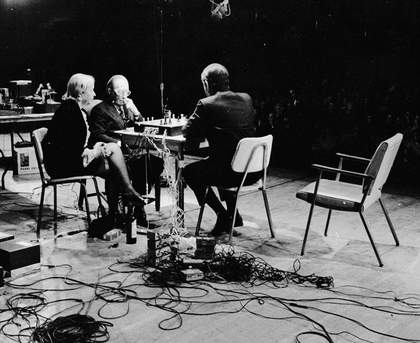All the environmental pieces, activities, slice-of-life video works, information pieces and ‘Art Tech’ shows we’ve become accustomed to owe their existence to Duchamp’s idea about a snow shovel.
So wrote Allen Kaprow back in 1973 on the powerful legacy of the artist’s readymades. Works such as Fountain (recently voted most influential artwork of the twentieth century) essentially paved the way for 100 years of ‘isms‘, but, as Duchamp once said, eroticism was the only ‘ism‘ in which he could truly believe. Inevitably, he forms the central axis in Tate Modern’s forthcoming exhibition Duchamp, Man Ray, Picabia, which explores the inter-relationships between this unholy trinity. All three have made their mark on many generations of artists – Bruce Nauman has paid eloquent tribute to Man Ray, while Sigmar Polke has drawn inspiration from late Picabia.
A quieter legacy exists for the artists who feature in Tate Britain’s Modern Painters: The Camden Town Group. The gritty realism of the likes of Sickert, Harold Gilman and Charles Ginner is a vein that runs through much twentieth-century British art, from Frank Auerbach to Gillian Wearing. Of course, artists pick and choose their influences, but some may just be stumbled upon. How would the art of Klimt and the young Picasso have turned out (or, for that matter, a few Gothic science fiction writers) if they had not seen Edward Burne-Jones’s paintings? Nowadays, artists draw inspiration from a multitude of sources, not merely heroes, friends or past masters. For his painting, Peter Doig absorbs all sorts of ‘mental archives‘, ranging from memories of his childhood in Canada to filmic, music and painterly references, while the late Juan Muñoz, due to have his first UK retrospective at Tate Modern, worked with a rich mix of artistic and cultural elements – from poetry to magic – for his sculptural installations. And what will be their legacies? Duchamp, as always, had his own humorous view: ‘I would rather wait for the public that will come 50 years – or 100 years – after my death.‘
Bice Curiger and Simon Grant


